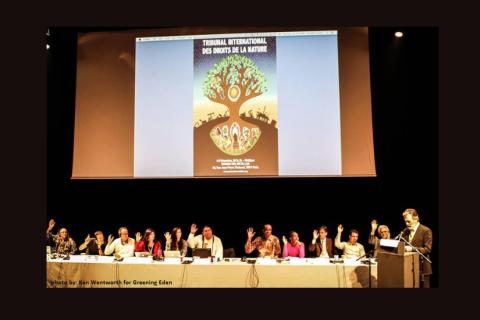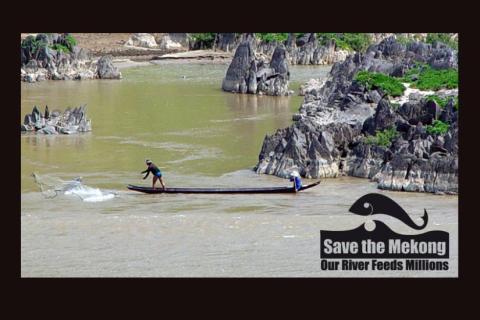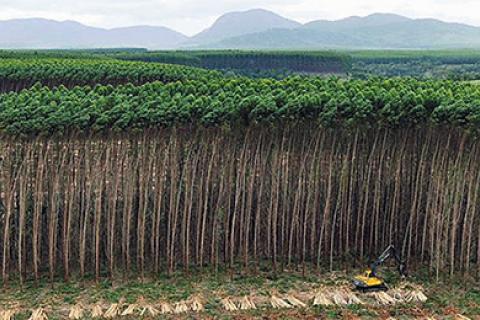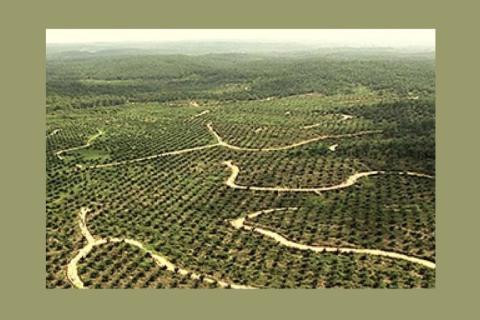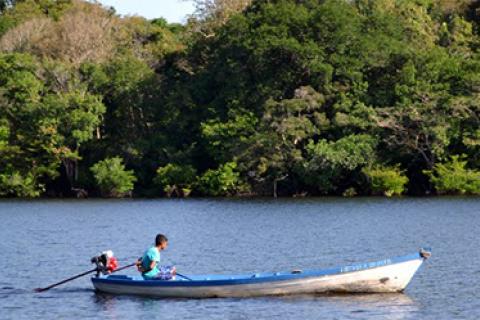Since joining Indonesia officially in 1969, Papua had only seven oil palm companies until 2005. In 2014, the number jumped to 21 companies, with another 20 companies gearing up to start their operations.
Bulletin articles
Nyeli, a platform for the international movement for food sovereignty, launched a new issue of its newsletter last December. This time focusing on “Forests, foraging and the commons”, the newsletter reflects on the importance of forests, wild plants and the commons to people’s and communities’ food sovereignty. It also shares several experiences from different parts of the world.
The third International Tribunal for the Rights of Nature took place in Paris in parallel to the UN climate talks. Basing its judgements on the Universal Declaration for the Rights of Mother Earth and international human rights law while recognizing ecocide as a crime, the Tribunal provided a clear direction in each case on who is accountable and on what must be done to repair the harm and restore Earth (and communities) to health and well-being. Indigenous peoples from around the world played a leading role throughout the Tribunal as judges, experts and witnesses.
“The dams built on the Mekong mainstream and other rivers in the region have resulted in severe changes in the Mekong’s ecosystems, endangering life, livelihoods and the economy of the entire region. Indigenous peoples, women and children are most affected by these changes. The dams have also worsened the impacts of climate change that we are already facing.”
The Scale of Disaster
